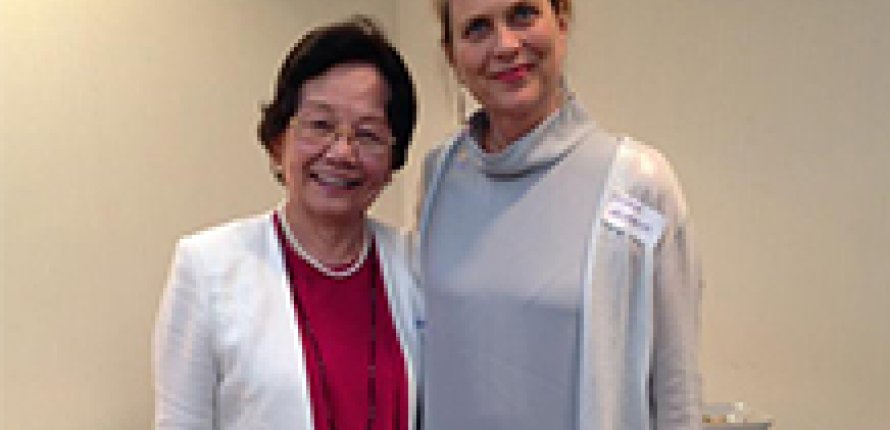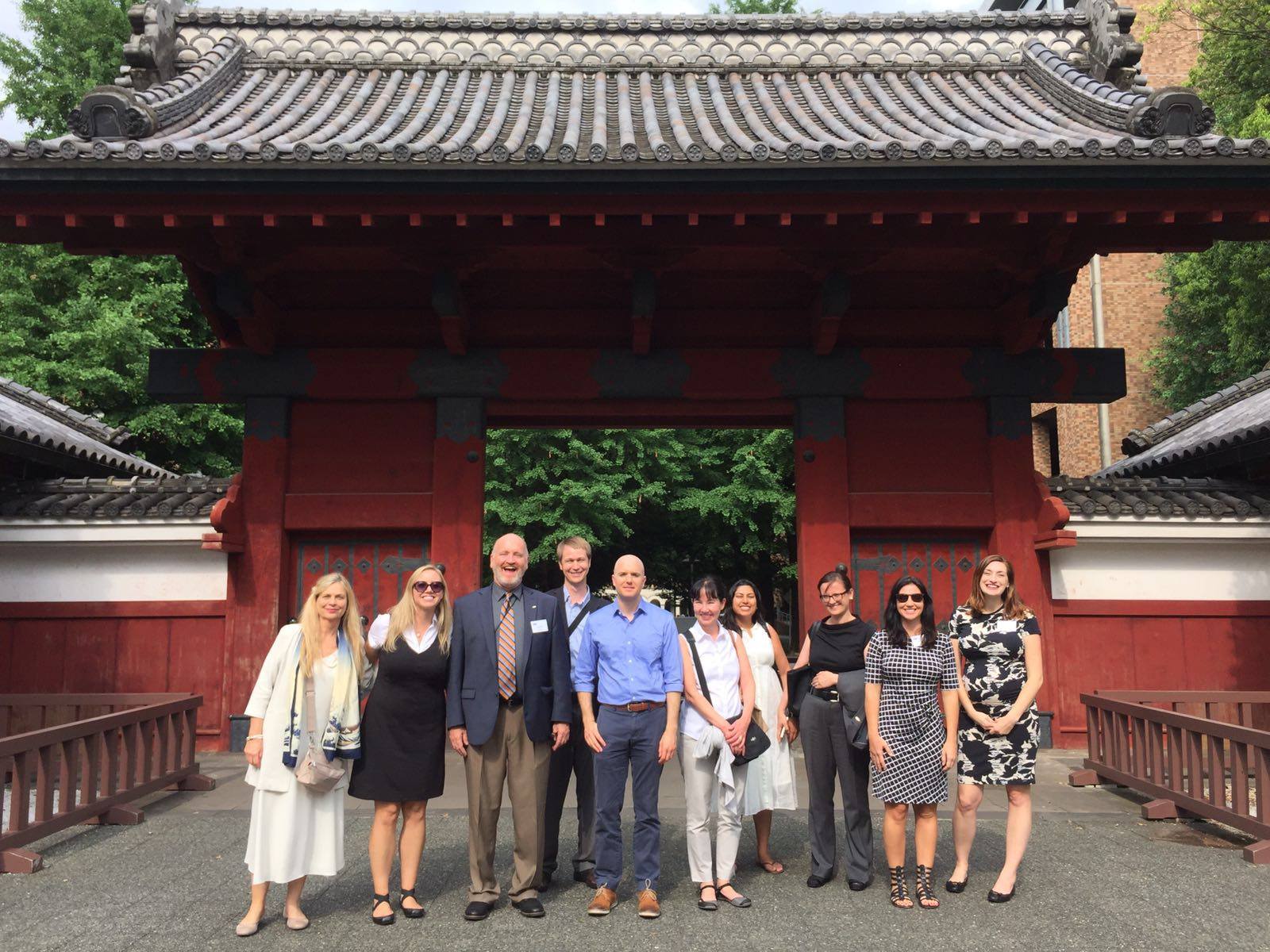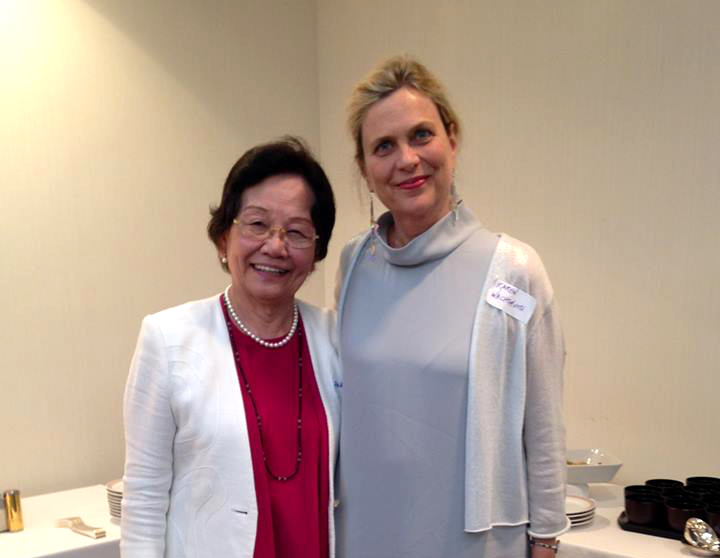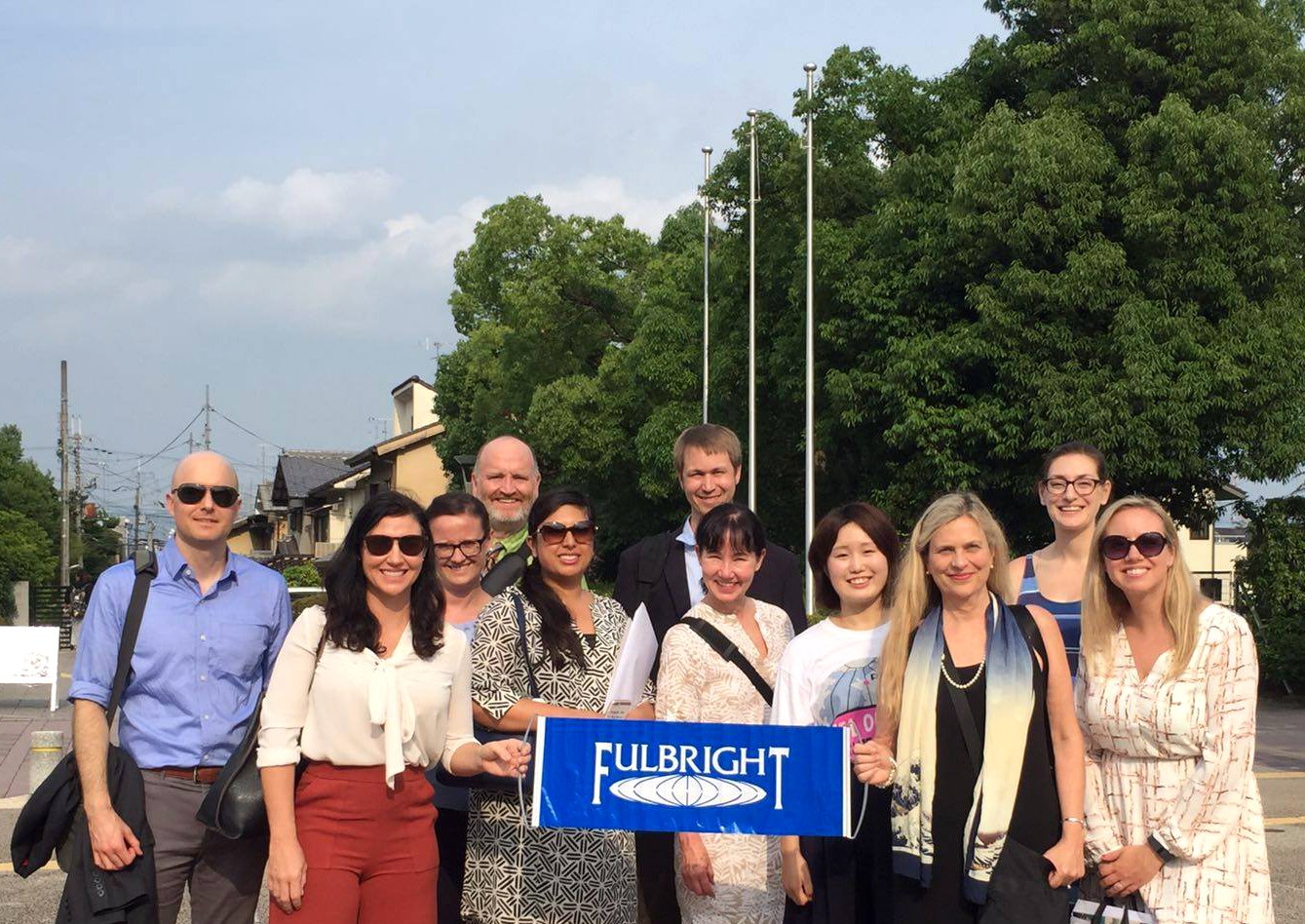Finding the Spirit of Fulbright on an International Education Administrators Seminar to Japan

Karen Wachsmuth, Associate Director of International Fellowships, University of Iowa
2016 Fulbright International Education Administrators Seminar to Japan
Arriving in Japan on a Fulbright International Education Administrators grant in June of 2016, less than a month after President Obama’s historic visit to Hiroshima as the first sitting American president to do so after World War II, was a life-changing experience. When our group first arrived at the Fulbright commission in Japan, the Japan-U.S. Educational Commission, for our orientation, Executive Director Matthew Sussman told us that World War II would always be in the background of everything we would experience in Japan. He explained that the Fulbright Program was born out of the lack of communication between nations during the period surrounding the war, and that the program has flourished in Japan since its inception. In Japan, the Fulbright Program is not seen as a government program, but as a program owned by the people of the world. During Senator Fulbright’s visit to Japan in 1986, when he saw the strong Fulbright Japanese alumni network, he believed that Japan’s Fulbright Program had evolved to be an ideal program, one where alumni had a strong voice that contributed to the program’s success. Japan has one of the most active Fulbright programs in the world with eleven alumni chapters, one of which hosted us later during our visit to Hiroshima. On our two-week visit, we would have many opportunities to interact with Japanese higher education administrators, professors, students, and Fulbright alumni to discuss not only Japanese educational trends, but also the ongoing relationship between the United States and Japan in the twenty-first century.

During our orientation we also learned a new Japanese word: “ongaeshi: to give back,” an important concept to frame our experiences in Japan. The Japan-U.S. Educational Commission office where we met held the documents from one of the original scholarship programs that was begun shortly after World War II, when the United States supported Japanese college students coming to America. As Fulbright guests, we would be warmly and fully welcomed by our hosts, and would receive the careful attention and respect given to those who had the imprimatur of this traditional and revered diplomatic relationship.
Our time in Hiroshima stood out as the most moving, complex, and important part of our visit. Upon arriving at night by train following a long day of meetings, our group was greeted by the hotel manager and staff with chocolate bars and welcoming smiles as they showed us individually to our rooms and insisted on carrying our luggage. Also waiting for us was Mr. Akira Otsu, Senior Adviser to the Hiroshima Shudo University’s International Affairs Center, who was to serve as our cheerful and tireless host for our three-day stay. Since Otsu-san had his own Fulbright IEA to America twenty-five years ago, where he visited Texas and many other states over the course of five weeks, he has organized annual visits for American Fulbrighters in Japan. From observing Otsu-san’s warm hospitality guiding our visits to Miyajima (“Island of the Gods”), Itsukushima Shrine (an historic UNESCO World Heritage site), and Hiroshima Peace Park and Memorial Museum, we were able to witness a true example of “ongaeshi” in action.
As an American visiting Hiroshima and Japan for the first time, I had been apprehensive about what I would see and experience there. President Obama’s recent visit had provoked much discussion worldwide about U.S.-Japan relations and the need to prevent the spread of the use of nuclear weapons. Yet, in Hiroshima, many of the Japanese people that I met felt very positive and encouraged by Obama’s visit, and welcomed conversations about the war. During our visit, in coffee shops in town and on campuses, I found opportunities to speak with Japanese people about what seemed like a new era of openness between the United States and Japan.
But the most important moment of my Hiroshima visit was yet to come. The speech given at the Hiroshima Fulbright Alumni Association reception by Dr. Akiko Minato, a distinguished and well-known Japanese woman professor and administrator who served as the Chancellor and President of several top universities, showed me the true spirit of Fulbright in action. Dr. Minato began her speech with these words: “We are all one, we are not enemies.” She spoke of the necessity, now more than ever, for us to bridge the differences between our countries to achieve world peace.

Dr. Minato, a diminutive yet powerfully energetic force at the age of 84, told us about her involvement with Fulbright. In 1956, not long after the Fulbright Program was established between the United States and Japan, she received a Fulbright to America to do graduate work in religious studies. She was one of the few Japanese women at that time to even attend college, and one of even fewer to pursue graduate work. Her trip to America by ship lasted two weeks. Onboard the ship she met her future husband, also a Fulbrighter, who was studying organic chemistry. After finishing her master’s degree, she stayed in America and received a PhD from Harvard Divinity School, where she researched women’s roles in the early Christian church and compared Japanese women’s roles in the twentieth century.
She spoke about how Fulbright affected her relationship with America as a Japanese citizen. During World War II, she narrowly escaped death at the age of 16 when she was hit by an American bomb in school. She was pinned underneath the resulting debris, with a serious head injury. Many of her friends and teachers were injured or killed during the blast. Yet she worked hard to be able to study in America and to begin a process of understanding and reconciliation with “Japan’s former enemy.” She spoke of fighting discrimination in the United States with her African-American friend who was not allowed to enter a restaurant in the 1950s and of meeting and hugging Dr. Martin Luther King Jr. Dr. Minato described her journey: “Through the friendship of many faithful and loving Americans…my heart was completely reconciled with America.”
Dr. Minato returned to Japan to become a powerful role model for women in higher education, challenging traditional women’s roles in Japanese society. Although her husband died at a young age, leaving her to raise their three children alone, she served as the President of Tokyo Christian Women’s University, an elite women’s school comparable to Wellesley or Smith College, from 2002-2010. After retiring, she was called back into service at the age of 81 to serve as the Chancellor and President of Hiroshima Gakuin, a school for middle school, high school, and university students. She told us, often punctuating her sentences with laughter, that her office was like a Parisian salon, filled with girls and young women asking for advice.

The idea of peace, of serving as a peacemaker in troubled times, was embodied by Dr. Minato and her Fulbright journey. Through her example it was possible to see the ideal of mutual understanding in action through a full and active international life. After the reception, Dr. Minato joined our Fulbright IEA group and the rest of the Hiroshima Fulbright Association for the time-honored Japanese tradition of karaoke. It was amazing to see all of our cultural and personal differences melt away, and to witness even the shyest members of our group picking up their microphones and singing unabashedly along with everyone. I saw both Americans and Japanese belting out the lyrics of American popular songs. Suddenly, these familiar words took on a whole new meaning in the context of Fulbright: Neil Young’s “Heart of Gold”: “I want to live, I want to give—I crossed the ocean for a heart of gold.” Toward the end of the evening one of our new Japanese Fulbright friends chose Steppenwolf’s “Born to Be Wild,” and as I watched him standing up and singing passionately in English: “Take the world in a love embrace,” I thought, “That’s it! That’s the Fulbright experience!”
